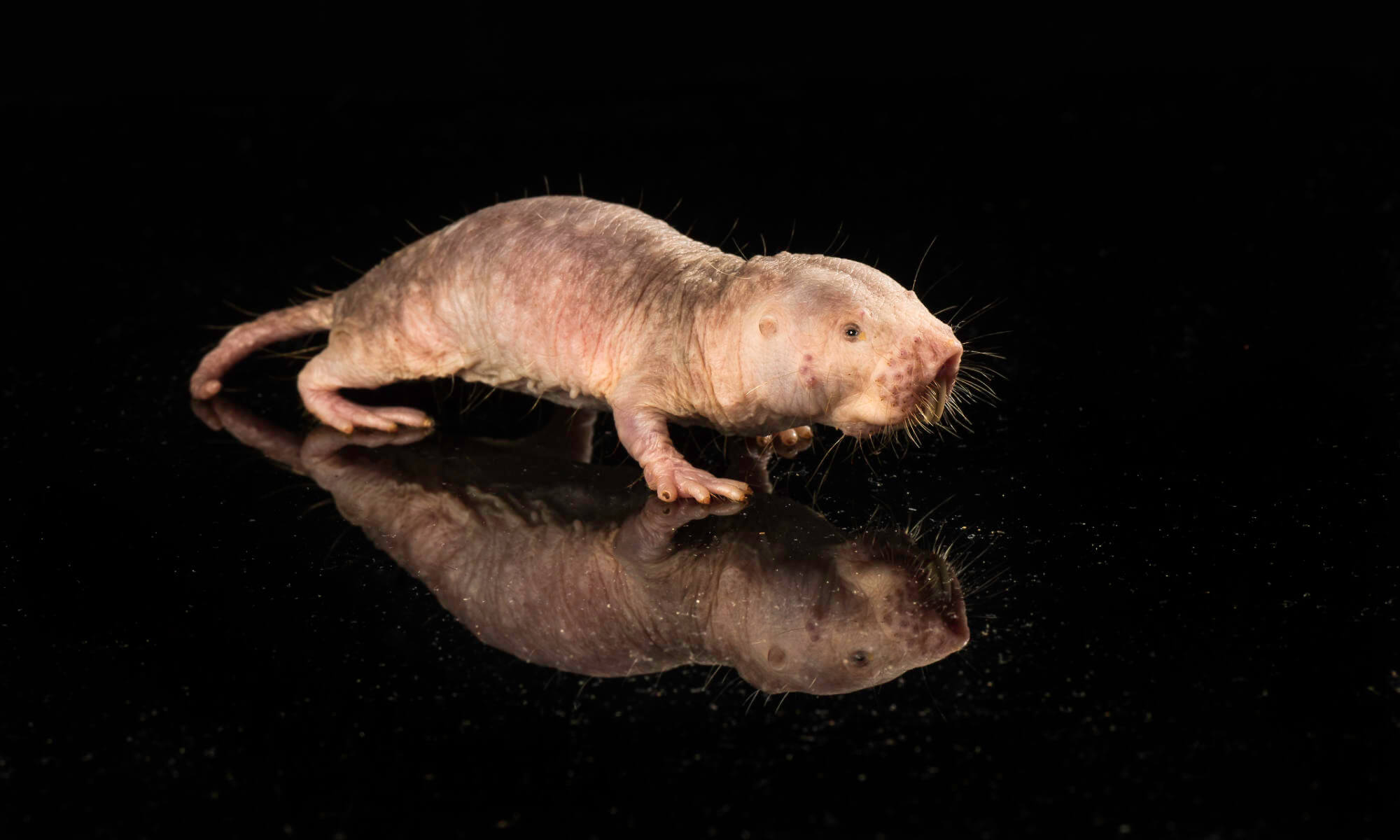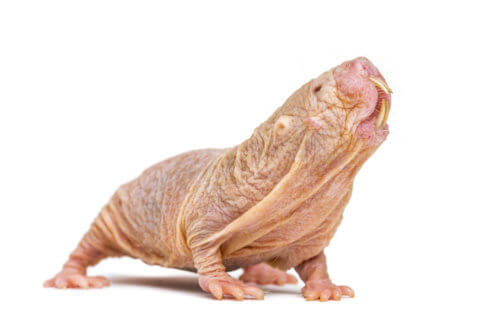ROCHESTER, N.Y. — The naked mole rat is bringing modern medicine one step closer to creating the “elixir of life.” Researchers have successfully transferred a longevity gene from the species into a mouse. This groundbreaking procedure has potential implications for promoting longer, healthier lives in humans.
The naked mole rat, despite its less-than-appealing appearance, boasts a remarkable lifespan and a significant resistance to age-related diseases. Researchers from the University of Rochester in New York are optimistic about the insights this provides into the mysteries of aging and potential lifespan extension for society.
For context, naked mole rats are mouse-sized rodents that live up to 41 years, nearly 10 times the lifespan of rodents of comparable size. Distinctly, they show little to no signs of neurodegeneration, cardiovascular disease, arthritis, or cancer as they age. In this research, a gene from the mole rat was introduced into mice, leading to enhanced health and increased longevity in the mice.
“Our study provides a proof of principle that unique longevity mechanisms that evolved in long-lived mammalian species can be exported to improve the lifespans of other mammals,” says Vera Gorbunova, the Doris Johns Cherry Professor of biology and medicine at Rochester, in a university release.

Testing the naked mole rat’s ‘longevity gene’ in mice
According to the study, which is published in the journal Nature, this longevity gene is instrumental in producing high molecular weight hyaluronic acid (HMW-HA) known for its cellular repair and protection properties. The mice exhibited an approximate 4.4-percent increase in the average lifespan, akin to an additional 3.5 years for an 80-year-old human.
Previously, the researchers identified HMW-HA as a key factor in the naked mole rats’ exceptional cancer resistance. These mole rats have almost 10 times more HMW-HA in their systems compared to mice and humans. A notable observation was that when HMW-HA was eliminated from mole rat cells, these cells were more prone to forming tumors.
The researchers engineered a mouse model to produce the naked mole rat’s version of the hyaluronan synthase 2 gene, responsible for creating the protein that yields HMW-HA. While all mammals possess this gene, the version found in the naked mole rat appears to promote more robust gene expression.
Remarkably, mice with the naked mole rat’s gene variant showed heightened resistance to spontaneous tumors and chemically induced skin cancers. Additionally, these mice demonstrated better overall health, longer lives, reduced inflammation – a common marker of aging – and maintained a healthier gut as they aged.
Human testing next?
The beneficial effects of HMW-HA are believed to be linked to its capacity to regulate the immune system directly. However, more research is required. The next phase will explore the gene’s potential benefits for humans.
“It took us 10 years from the discovery of HMW-HA in the naked mole rat to showing that HMW-HA improves health in mice,” Gorbunova says. “Our next goal is to transfer this benefit to humans.”
The team believes they can accomplish this through two routes, either by slowing down the degradation of HMW-HA or by enhancing HMW-HA synthesis.
“We already have identified molecules that slow down hyaluronan degradation and are testing them in pre-clinical trials,” says Andrei Seluanov, a professor of biology. “We hope that our findings will provide the first, but not the last, example of how longevity adaptations from a long-lived species can be adapted to benefit human longevity and health.”
South West News Service writer Jim Leffman contributed to this report.


And so the zombie apocalypse begins.
What do you call an old New York politician at a nudist resort? A naked mole rat.
Play like a GOD receive the payment.
While this is good news for some…+ my mom is 94 yrs. old & still kickin’…even tho she has Alzheimer’s, I don’t know if I want to live too too long in this world. At least, not in the condition it is in presently~I might be happier with letting the ‘natural’ progression of things take place….Don’t mess with Mother Nature~lol